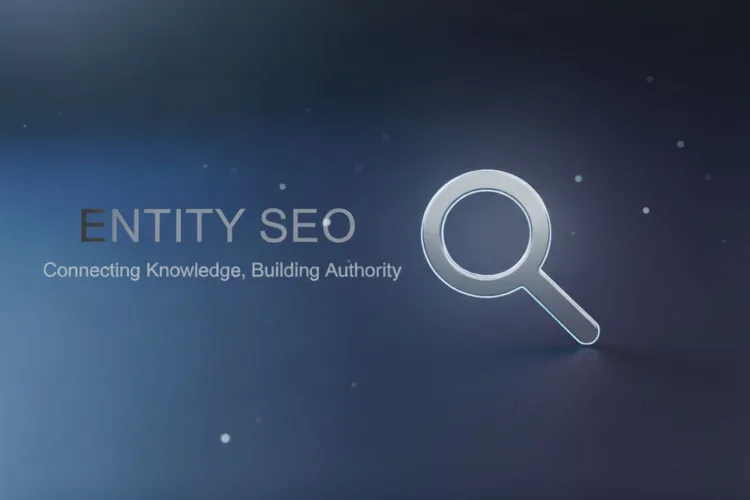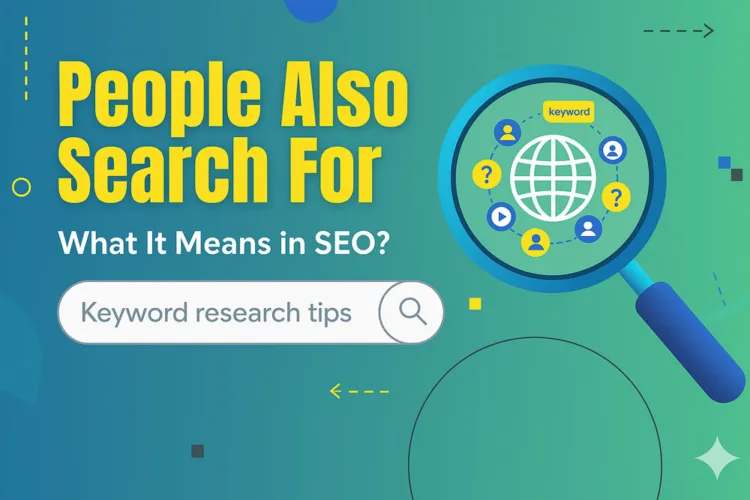
Search engine optimization (SEO) is all about staying flexible, like adapting to changes in algorithms, ranking criteria, and how users search online. But now a new factor has started reshaping the SEO field in a much more profound way: Google’s AI Mode.
With the integration of advanced artificial intelligence into its core systems, Google is changing how search works and how marketers must think about SEO. From content creation to user intent, AI is rewriting the rules of visibility on the website.
In this article, we’ll explore what Google AI Mode is, how it’s transforming SEO practices, and what businesses and marketers can keep up with.
What Is Google AI Mode

Google’s new AI Mode, launched in the U.S. on May 20, 2025, is changing how people use search engines. Users have already responded positively, especially valuing its speed, accuracy, and up-to-date answers. Based on this feedback, AI Mode is started in India, as a trial in Labs in English. Instead of typing in a keyword and clicking through a list of links, users now get quick, summarized answers, and in some cases, Google can even take actions for them.
This marks a big change for digital marketers. People are no longer just browsing websites. They’re asking detailed questions and expecting direct answers. Google is now focusing on AI-generated summaries to deliver information faster and more efficiently. The way users interact with search is moving from traditional web navigation to conversation-style queries, and AI Mode reflects that shift.
What It Means for SEO and Digital Marketing
Google AI Mode isn’t just a new look—it changes how people find and engage with content. One major difference is that users may no longer need to click on your website to get the answers they need. Instead, Google may pull information directly from your site and display it on the results page.
While your content may still be featured, your website might not receive the same amount of traffic. This makes it harder to measure success using just clicks or visits.
Also, Google recently fixed an issue where traffic from AI Mode was being incorrectly reported as “direct traffic” instead of “organic traffic” in Google Analytics. This happened due to a coding detail, but now that it’s fixed, AI Mode traffic should be tracked properly. Google has also said that Search Console will soon show data from AI Mode, giving marketers better visibility moving forward.
In this new search environment, content quality is more important than ever. Only trustworthy, well-structured, and expert-level content will be chosen for AI summaries. Google is placing more value on content that follows E-E-A-T principles—Experience, Expertise, Authoritativeness, and Trust.
Practical Steps to Future-Proof Your SEO
To stay on top in the AI-powered search field, here’s what you can do:
- Understand your audience’s intent deeply
- Create original, high-value content
- Use structured data and clear formatting
- Optimize for voice and mobile
- Monitor performance with Google Search Console
- Refresh old content to avoid content decay
- Build authority through E-E-A-T principles
How AI Mode Might Affect Advertising
AI Mode will display ads next to conversational, info-rich answers, so your ad copy needs to be sharp, relevant, and engaging to stand out. Focus on clear messaging that speaks directly to user intent to draw attention away from the AI-generated response.
Since fewer results are shown on the screen and answers are more specific, ads will need to be highly relevant to be seen. This means more competition for fewer placements, and a greater need for smart targeting and creative ad strategies.
How to Get Your Marketing Ready
To stay ahead, businesses need to adapt. Traditional SEO isn’t enough anymore; content needs to be machine-friendly. That means using clear headings, short paragraphs, and easy-to-read formats so Google’s AI can understand and summarize it quickly.
Keywords still matter, but so does context. Google is now analysing text, images, and even videos to create rich answers, so your content should include a mix of formats. Even if website traffic drops, that doesn’t mean your content is failing; keep an eye on brand awareness, engagement, and conversions, not just clicks.
Content like FAQs, how-to guides, and visual explainers is more likely to appear in AI summaries. As users change how they search, your customer journey may need to change too.
Google’s AI Mode isn’t just a small update; it’s a sign of where search is headed. Digital marketers need to rethink their strategies, focus more on creating content that’s both helpful and easy for AI to understand, and pay attention to new ways of measuring success.
Those who adapt early and build strong, expert-led content will stay ahead. Those who depend only on old strategies like clicks and rankings might miss out on the new opportunities that AI-powered search brings.



